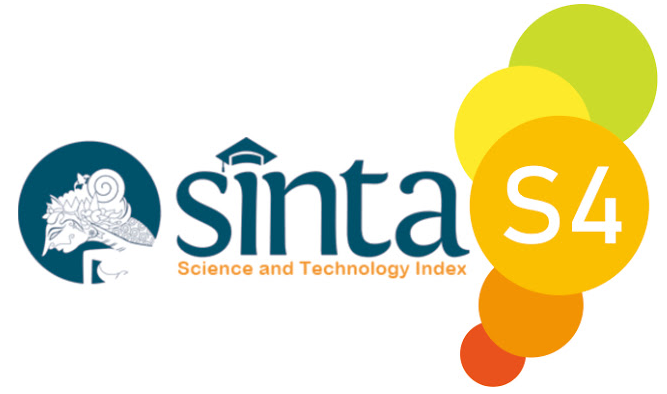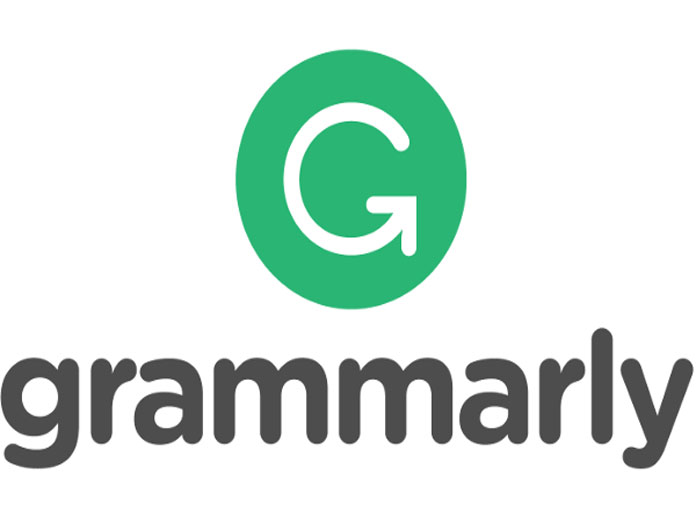Development of Abdullah Permata Jingga Mosque Website Interface with User Centered Design Method
DOI:
https://doi.org/10.33795/jip.v9i2.1204Keywords:
User Centered Design, Mosque, InterfaceAbstract
Indonesia as a country with the largest Muslim population in the world, is inseparable from the existence of mosques. The mosque, as a place of worship for Muslims, should function properly, therefore the surrounding environment can benefit from it. Currently, mosques are starting to use website as a representation that describes the characteristics of mosques as well as a source of information for worshippers and the general public. One of the mosques initiated implementing the website is the Abdullah Permata Jingga Mosque. However, in the use of the Abdullah Permata Jingga Mosque website, it found a problem with the interface that had an impact in the form of information conveyed was very limited to be accessed by its users. Based on these problems, an analysis and development of the website interface was carried out with aims to design an interface that can meet user needs. The method used to process data is with a User Centered Design approach. In testing the usability of the frontend interface solution design of the Abdullah Permata Jingga Mosque website, it was carried out using the heuristic evaluation method. Heuristics are evaluate 10 aspects of the principle of usability in the user interface. The results of the evaluation obtained 8 aspects of the principle with the category of "Very High" usability results. These results show that the user interface design solution of the Abdullah Permata Jingga Mosque is in accordance with user needs.












